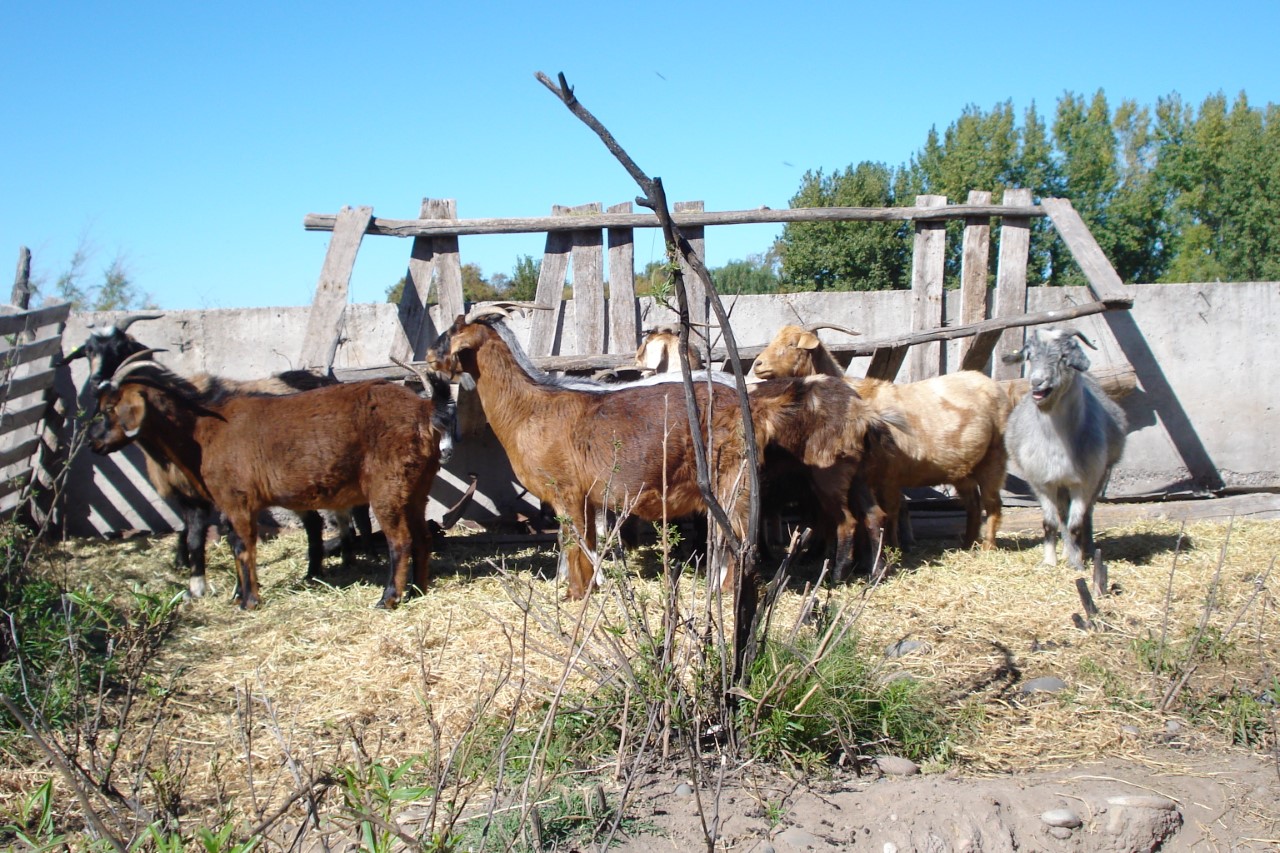Valoración de las fracciones de caseínas en leche de cabra Criolla y Saanen
DOI:
https://doi.org/10.19137/cienvet202123202Palabras clave:
Cabras Criolla, Cabras Saanen, Alfa-caseína, Betacaseína, Kappa-caseínaResumen
El objetivo del presente trabajo fue contrastar los porcentajes de las diferentes fracciones de caseína en leche de cabras Criollas y Saanen. Para ellos se evaluaron 6 cabras adultas de cada raza de una ganadería comercial, ubicada en la región semi-árida del centro oeste de Argentina. Las cabras se alimentaron en base a alfalfa y grano de maíz. Las muestras se colectaron por ordeño manual, tomando 100 cm3 por animal a los 15, 30 y 45 días post-parto. Para determinación de los porcentajes de alfa-caseína, beta-caseína y kappa-caseína, se utilizó el método de electroforesis vertical en gel de UREA-PAGE y las bandas se leyeron aplicando el método de semi-cuantificación con software ImageJ. Los resultados expusieron que en ambas razas los valores de
alfa-caseína fueron en aumento, mientras los de beta y kappa-caseína disminuyeron a lo largo del muestreo. Asimismo, se encontró que alfa-caseína fue más elevada en leche de cabra Saanen, mientras que los porcentajes de beta y kappa-caseína fueron más elevada en leche de cabra Criolla, encontrando diferencia estadística significativa para alfa y beta-caseína en los tres momentos evaluados y en el caso de kappa-caseína solo en el muestreo de los 45 días. Se concluyó que la leche de cabra Criolla posee menor porcentaje de alfa-caseína que la leche de cabra Saanen, lo que la haría menos alergénica y posee un porcentaje más elevado de beta y kappa-caseína, situación que permitiría una coagulación rápida para la elaboración de quesos y una estabilidad y firmeza más elevado en los yogures.
Descargas

Publicado
Cómo citar
Número
Sección
Licencia
Al momento de enviar sus contribuciones, los colaboradores deberán declarar , de manera fehaciente, que poseen el permiso del archivo o repositorio donde se obtuvieron los documentos que se anexan al trabajo, cualquiera sea su formato (manuscritos inéditos, imágenes, archivos audiovisuales, etc.), permiso que los autoriza a publicarlos y reproducirlos, liberando a la revista y sus editores de toda responsabilidad o reclamo de terceros , los autores deben adherir a la licencia Creative Commons denominada “Atribución - No Comercial CC BY-NC-SA”, mediante la cual el autor permite copiar, reproducir, distribuir, comunicar públicamente la obra y generar obras derivadas, siempre y cuando se cite y reconozca al autor original. No se permite, sin embargo, utilizar la obra con fines comerciales.








.jpg)

4.png)


7.png)






